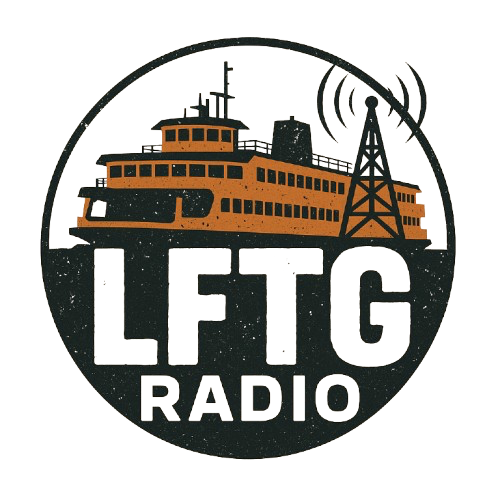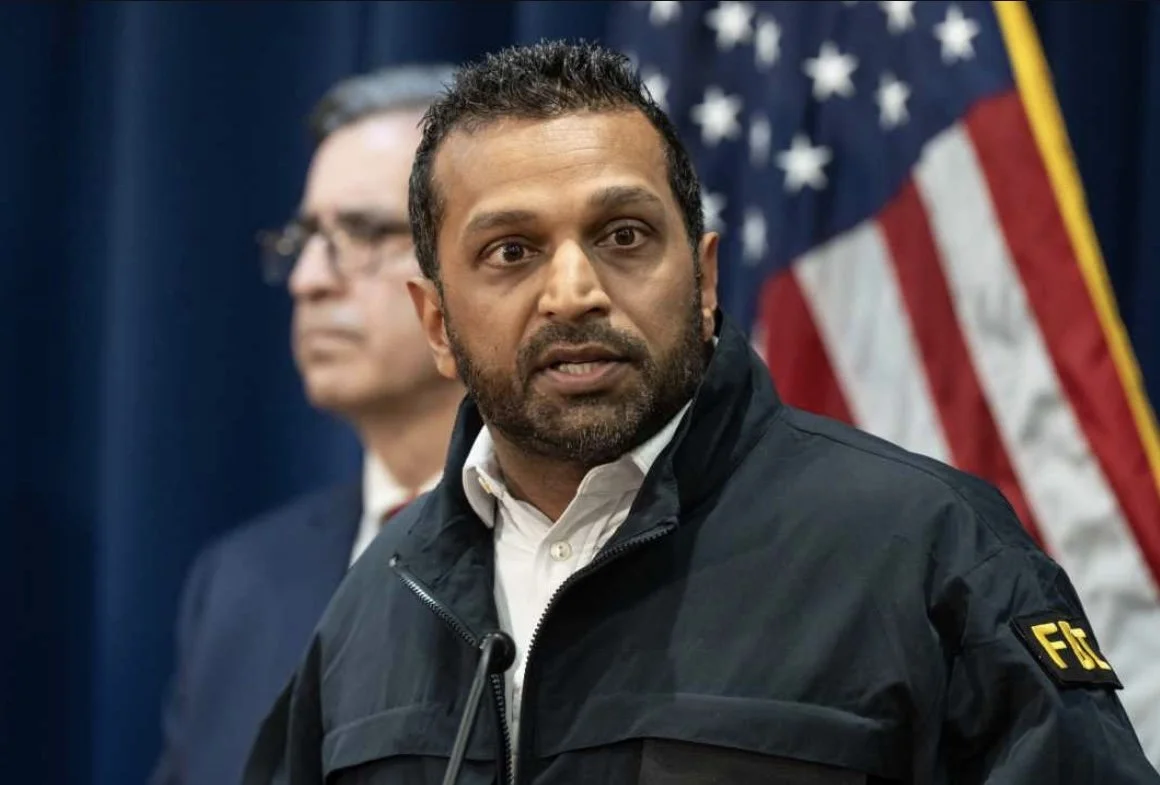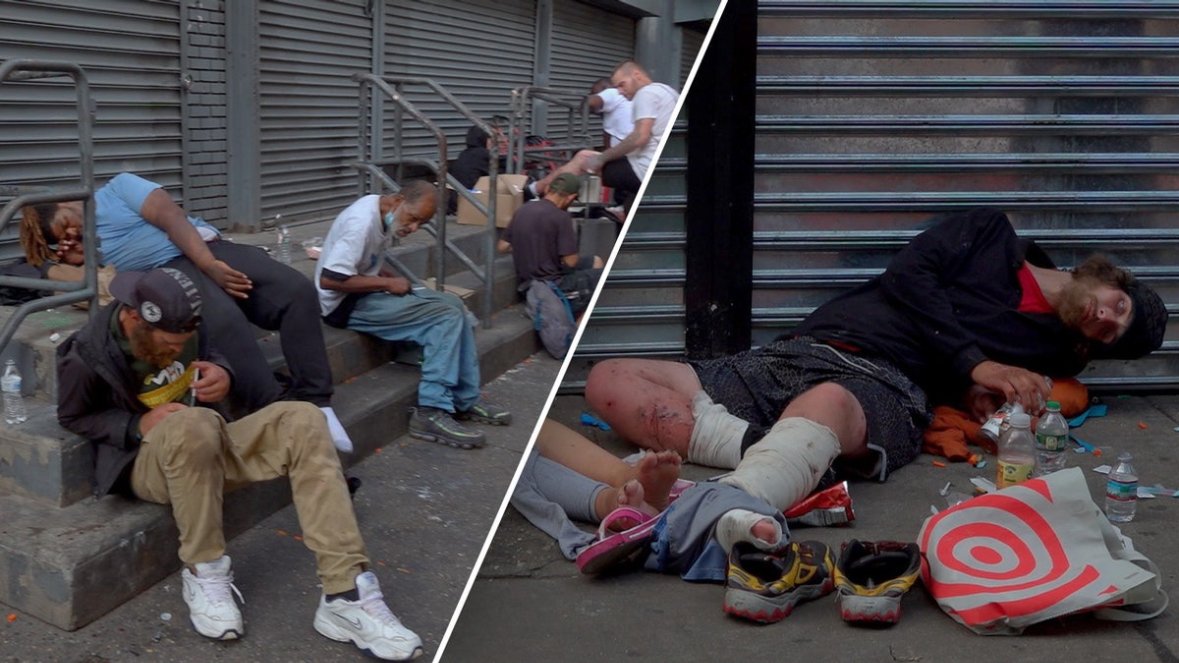📰 The Gutter Report: “The Weymouth Empire — Inside Philly’s Most Organized Drug Market”
How a Kensington block turned into a decade-long criminal corporation — and what happens after the bust
🧩 The Rent-a-Corner Economy
Federal prosecutors say this wasn’t your average block hustle — it was a business model.
The Weymouth Street Drug Trafficking Organization (DTO) in Kensington allegedly charged smaller dealers “rent” to operate on their corners. Crew leaders tracked shifts, collected cash, and even had a finance manager — Nancy Rios-Valentín — who handled payments and schedules like a corporate CFO.
🧾 Department of Justice surveillance image capturing the crew’s daily operation — a full street economy in motion.
Investigators say this structure kept the block running 24 hours a day, moving fentanyl, heroin, crack, and cocaine at industrial volume.
🔫 Violence as Governance
The indictment calls it what it was — a violent enterprise.
The DTO allegedly used intimidation, beatings, and even shootings to enforce discipline. Witnesses who talked were targeted; rival dealers were forced off corners.
💣 Members of the Weymouth DTO pose with loaded firearms during a music video shoot. Prosecutors say the footage doubled as propaganda — a warning to rivals and a message to the block.
😷 A masked gunman stares down the lens, pointing twin handguns toward the camera. Investigators say these viral clips were “marketing tools of intimidation.”
Federal officials say this operation functioned more like a paramilitary unit than a street crew — with command, rank, and internal rules of retaliation.
🌎 From Puerto Rico to Philly to the Bronx
When federal agents raided Weymouth Street, they didn’t just hit Philly. Arrests stretched to Delaware, New Jersey, and Puerto Rico, exposing a pipeline that stretched up the East Coast.
Fentanyl precursors, guns, and cash all moved through this network — and now investigators believe some product landed in New York through Bronx-area intermediaries.
🎤 FBI Director Kash Patel addresses reporters, calling the takedown “a model for safeguarding American cities.” The Kensington bust marked one of the largest federal drug raids in Pennsylvania history.
⚖️ Two worlds collide — a federal hand raised in oath beside a gunman’s raised steel. Symbolic of a justice system squaring off against the street economy it’s sworn to dismantle.
The DOJ confirmed the conspiracy ran from January 2016 through October 2025 — nearly a full decade of uninterrupted trafficking.
🏚️ The Fallout in Kensington
When the feds moved in, it wasn’t just the dealers who felt it.
Residents on the 3100 block of Weymouth Street say the raids brought a mix of relief and anxiety — because when one crew disappears, another waits to move in.
Community organizers told reporters that this area has logged thousands of crimes since 2016, and addiction-recovery teams now fear a power vacuum could restart the cycle.
⚖️ The Legal War Ahead
The 41-count indictment lists 33 defendants, 24 already in custody, one still on the run.
Charges include conspiracy to distribute controlled substances, maintaining drug-involved premises, and firearms offenses.
Federal prosecutors have hinted that a RICO-style expansion could follow, treating Weymouth DTO as an organized criminal enterprise.
A courtroom showdown looms in the Eastern District of Pennsylvania, where the defendants will face decades in federal prison if convicted.
🕵️♂️ The Federal Blueprint
The message from law enforcement was clear: this wasn’t just a raid — it was a statement.
Authorities called the Kensington takedown one of the largest open-air market dismantlings in modern Philadelphia history.
This case now sets a precedent for how federal task forces may approach similar blocks in Camden, Trenton, and even parts of New York City, shifting focus from individual dealers to the systems that keep them operating.
Not for clicks — for clarity.
Good morning and Godspeed.
— Elliott Carterr






